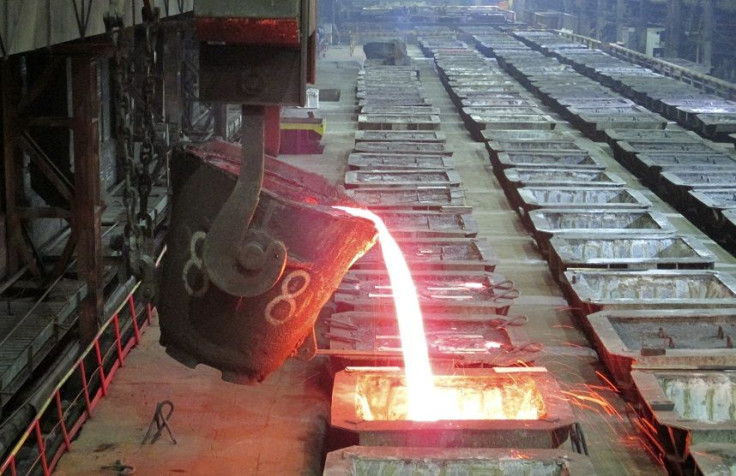Two-Month Low Nickel Prices Continue to Slide Further Amid Nickel Glut

A jump in nickel stockpiles has brought the metal to a two-month low as production continues to outstrip consumption, especially in China, the world's biggest consumer of nickel. According to London Metal Exchange (LME) data, inventories rose 0.6 percent to 461,436 metric tonnes on Monday, its biggest gain in two weeks. Nickel for delivery in three months settled at US$12,410 [$16,000] a tonne — the lowest price since April 20.
"More metal continuing to show up in LME warehouses points to the fact that maybe the underlying demand isn't as strong, and that has bearish implications," Mike Dragosits, a senior commodity strategist at TD Securities, said in an interview with Bloomberg.
Analysts think that nickel prices still have further to fall, with many investors looking to get out of their positions at the earliest sign of a nickel rally. Many investors who were lured into nickel during the metal's rally in early 2014 didn't get out fast enough when the slide began, so they are lightening their positions every time the metal rallies, keeping a ceiling on the price.
Prices surged to 50 percent from January to mid-May 2014 as Indonesia, then the world's top nickel exporter, banned exports of the metal, leading many analysts and investors believing that global nickel stockpiles are soon to be depleted. But they failed to take the Philippines into consideration, as the country ramped up its nickel production to fill in the gap left by Indonesia. The anticipated nickel shortage never came, with 2014 even ending with a 125,000-metric tonne surplus. Prices were down nearly 30 percent, according to the International Nickel Study Group.
Even though analysts like Morgan Stanley and Citigroup expect nickel prices to bounce back this year, prices continue to fall, and Morgan Stanley was forced to slash its third quarter nickel forecast by 12 percent, and its fourth quarter forecast by 10 percent. "Nickel's weak performance in 2015 reflects the oversupplied state of this metal market," Morgan Stanley analysts said in a recent note to clients.
This has caused some nickel miners to get into trouble. First Nickel Inc. decided to halt the development of its underground ramp at the Lockerby Mine in Sudbury due to plunging nickel prices. When the mine's development was first conceived, prices were at US$9 per pound. But now, each pound costs less than US$6.
Nickel miners that still have a long way to go are actually luckier, as analysts expect nickel prices to improve in the long term. Among these miners is Amur Minerals Corporation (London AIM: AMC), which recently secured its mining permit from the Russian government for its Kun-Manie nickel copper sulphide project. It also just received approval for its project plan, allowing the company to mobilise its drilling teams for an infill drilling program and initiation of metallurgical test work.
"The next phase of project de-risking and assessment will provide an increase in the reserve base necessary to undertake the production decision," Robin Young, Amur Minerals CEO, said. It might take a couple more years for the company to start production, but so far, Amur Minerals is one of the best performing shares in the London Stock Exchange's Alternative Investment Market over the past five years.
Contact the writer: a.lu@ibtimes.com.au




















